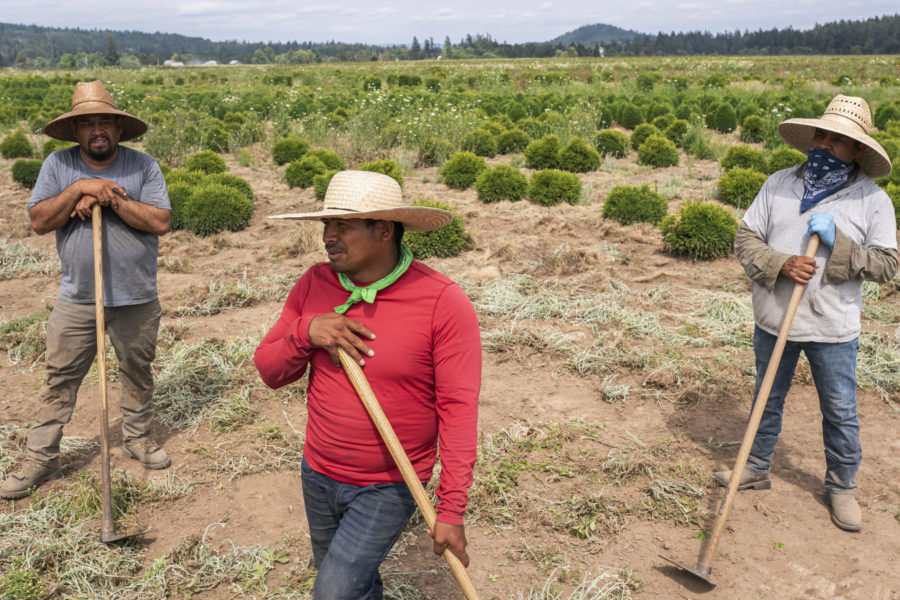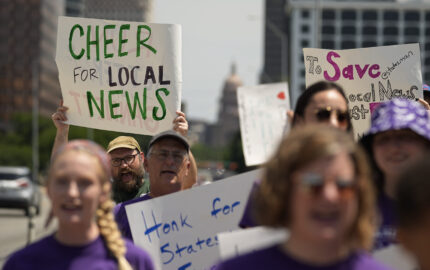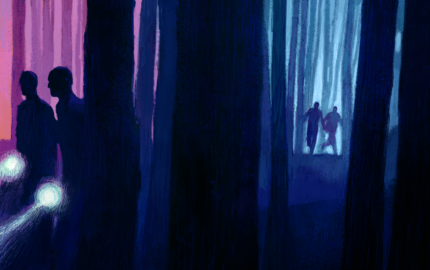From the assistant editor
On a recent trip to Oregon, I found myself in sitting in a café with a group of Portland-area natives who were eager to enlighten a lifelong East Coaster like myself on Pacific Northwest. I droned on about the rain — I had yet to see the sun on my visit — to which my tablemates assured me that the long, overcast winters were worth summers spent on the coast or in the mountains. But that reassurance came with caveats: Summers in Oregon are pleasant, but only before fire season renders the air unbreathable, or the next triple-digit heat wave hits the state.
For the rest of that conversation, I thought about Sebastian Francisco Perez, a farmworker in Oregon’s Willamette Valley who collapsed and died during the state’s 116-degree heat wave in June 2021 while moving 30-pound irrigation pipes. More than 100 others died in the Pacific Northwest that June, and while much attention has been paid to the elderly and those without air conditioning, one population is often missing from conversations about the dangers of extreme heat: the nation’s laborers, who include farmworkers, delivery workers, warehouse workers, landscapers, and more.
Related Post
Former New York Times labor reporter Steve Greenhouse wrote about Perez and other workers affected by extreme heat in his latest piece for Nieman Reports, “How Rising Temperatures are Becoming a Labor Story.” While some news outlets have taken up the issue, like Rolling Stone’s profile of Perez, there are still coverage gaps to tackle, from how Black, brown, and immigrant workers are disproportionately dying in extreme weather to the lack of protection measures set by the federal government.
With temperatures continuing to rise, Steve’s piece is a reminder that climate change is no longer an insular beat, nor one that can wait to be reported on later. The human toll of climate change is here now, and the media must step up to cover it. As Julia Shipley, a former investigative fellow at Columbia Journalism School, notes in the piece: “These workers arrive at their job in the morning … They kiss their wife or husband good-bye. They wave to their kids going off to school. … They’re human beings like you and me, and they’re dead by the end of the day … It’s so insidious. When a worker is crushed by a bulldozer, you can see that. This is much more surreptitious, yet all the more urgent because of that.”
Wishing you all the best,
Natalie De Rosa
Assistant Editor, Nieman Reports



